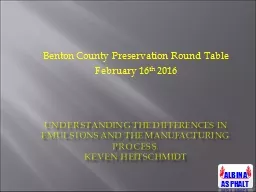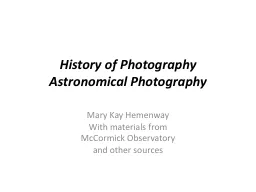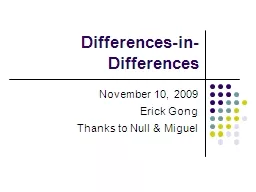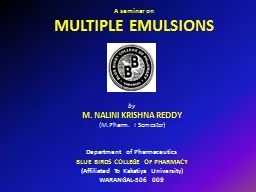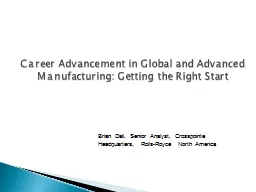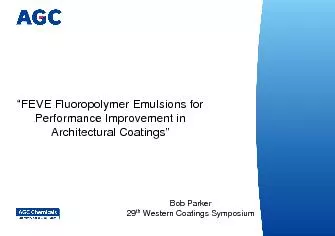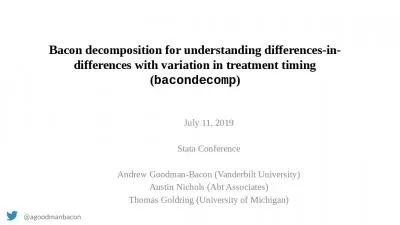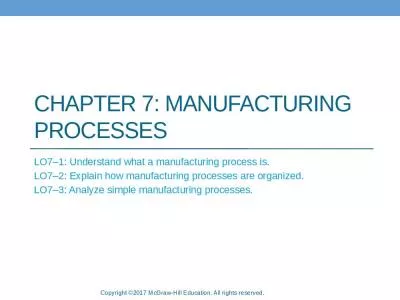PPT-Understanding the differences in emulsions and the manufacturing process.
Author : pasty-toler | Published Date : 2018-11-07
Keven Heitschmidt Benton County Preservation Round Table February 16 th 2016 Topics What is an asphalt emulsion Emulsion classifications and common uses Emulsion
Presentation Embed Code
Download Presentation
Download Presentation The PPT/PDF document "Understanding the differences in emulsio..." is the property of its rightful owner. Permission is granted to download and print the materials on this website for personal, non-commercial use only, and to display it on your personal computer provided you do not modify the materials and that you retain all copyright notices contained in the materials. By downloading content from our website, you accept the terms of this agreement.
Understanding the differences in emulsions and the manufacturing process.: Transcript
Download Rules Of Document
"Understanding the differences in emulsions and the manufacturing process."The content belongs to its owner. You may download and print it for personal use, without modification, and keep all copyright notices. By downloading, you agree to these terms.
Related Documents

